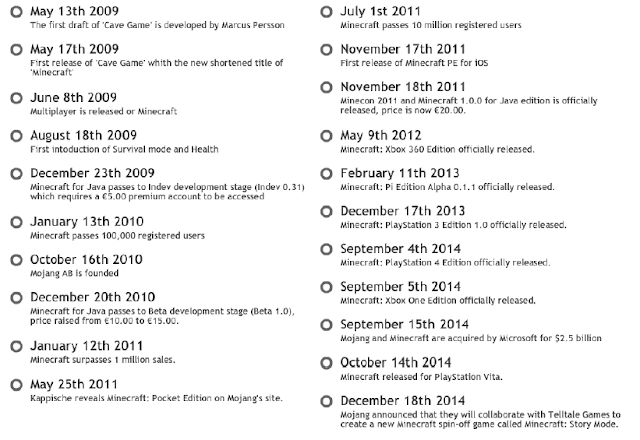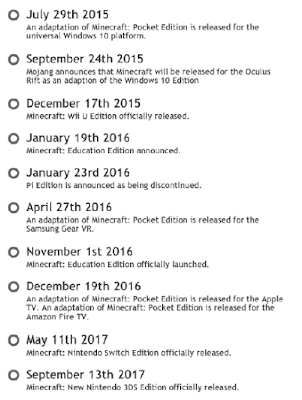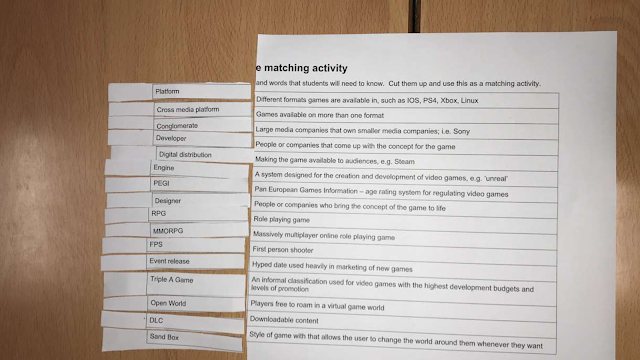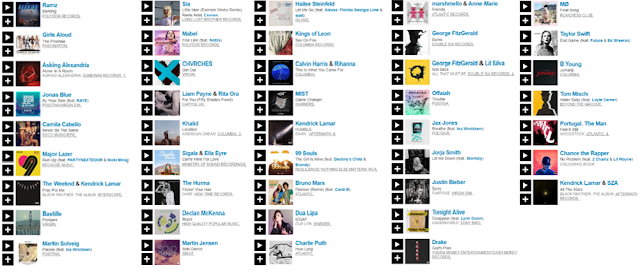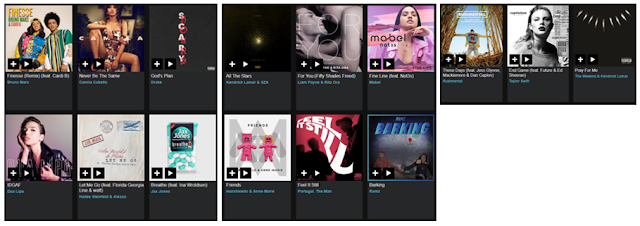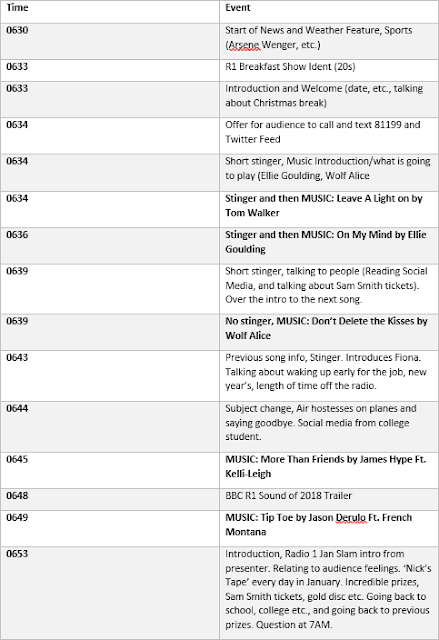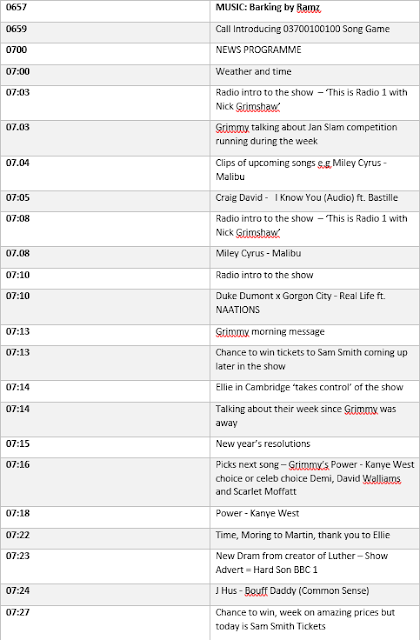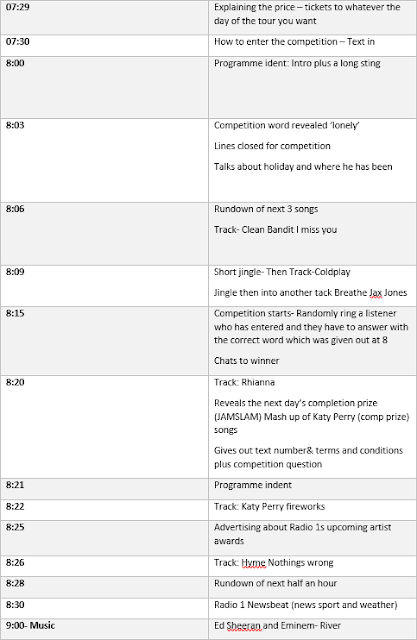Why and how was Minecraft a commercial and critical success?
Minecraft was originally created by Swedish game designer Markus
“Notch” Persson in 2009 and released its first version on 17th May
2009. It was made as a small open world 3D building game with a blocky aesthetic.
By 2017, Minecraft has sold 125 million copies. The small indie game that was
made as ‘online Lego’ has become a pop culture sensation and a hit all over the
world. How did Minecraft become and stay a critical but more importantly, a commercial
success?
As Minecraft released, it slowly gained a small but devoted
following as they premise let the user’s imagination run wild and let them create
whatever they wanted with a selection of blocks, gaining it the term ‘infinite Lego’.
By June 2010, Minecraft has passed 20,000 sales and attached a small fee for
playing, €10.00. By January of the following year, it had passed 1 million
sales. By July of the same year, it had increased to 10 million registered
users. Minecraft had blown up, because of 6 key reasons.
Firstly, it has infinite replay ability, meaning everyone
will keep going back to it time and time again and encouraging people to play
it as you can’t get bored by it. Secondly, it has a very strong and vocal
community who would never turn their back on the game. Thirdly, it is platform
agnostic. This means it isn’t locked to one platform, it started out as pc
exclusive but very quickly branched out to all major consoles, phones and soon
even smart TVs. The fourth reason is that it was aimed at a family market, meaning
parents would be happy to buy it for their children, increasing sales. It also
had no limit to genre, so you could make the game whatever you wanted it to be and
you could play the game however you wanted to play it. Finally, Minecraft let
you bring order to a wildlife driven and chaotic land, fulfilling the human instinct
to bring balance and peace to the world.
Minecraft did not need big budget TV adverts or huge billboards
to expose the game and make it a phenomenon, all it needed was word of mouth.
Minecraft had a devoted following on YouTube which showcased what the game had
to offer and what you were able to achieve in this limitless game. This
attracted the younger demographics who actively watch YouTube, 8 – 13-year olds
to try the game out. This demographic also jumped at the opportunity of merchandise
for Minecraft like toys and books, events focussed around Minecraft like
Minecon and game add ons such as skin packs and texture packs for the game. Through
this vocal demographic, Minecraft started to spread like wildfire and became a commercial success.
By September 2014, the game had been released on every single
major console with dedicated servers used to keep the game working and keep an
active community happy and hooked every day. By this time, Minecraft had got
too big for one little indie company, Mojang, to run and keep going. Therefore,
on September 15th, 2014, shortly after the Xbox one and PlayStation 4
versions of the game had been announced, Mojang and Minecraft were acquired by
Microsoft for $2.5 billion dollars. This created even more buzz for the game
and increased sales yet again as it encouraged users who had stopped playing to
start to see what would change under the ownership of Microsoft and drew in
fans of Microsoft who hadn’t yet played it to try it out to see if they liked
it. Under the ownership of Microsoft, Minecraft became even larger, creating
spin off games from the main game like Minecraft story mode, created by
Telltale games, merchandising to a much larger scale as Microsoft has the
platform and size to merchandise all over the world, and even increase the size
of their annual events and conventions, making Minecon larger and announcing Minecraft
related projects like the Hololens at Microsoft E3 presentation in 2015. In
2017, Minecraft continues to grow, and the audience gets larger every day.
In conclusion, Minecraft became a commercial success through
word of mouth advertising, marketing the most profitable demographic, the kids
and family groups and the eventual acquisition by Microsoft in 2014. Minecraft is
a critical success from the millions of copies sold over its 8-year life span and
its very pleased and enormous fan base.


